From Denisovan DNA to future humanity
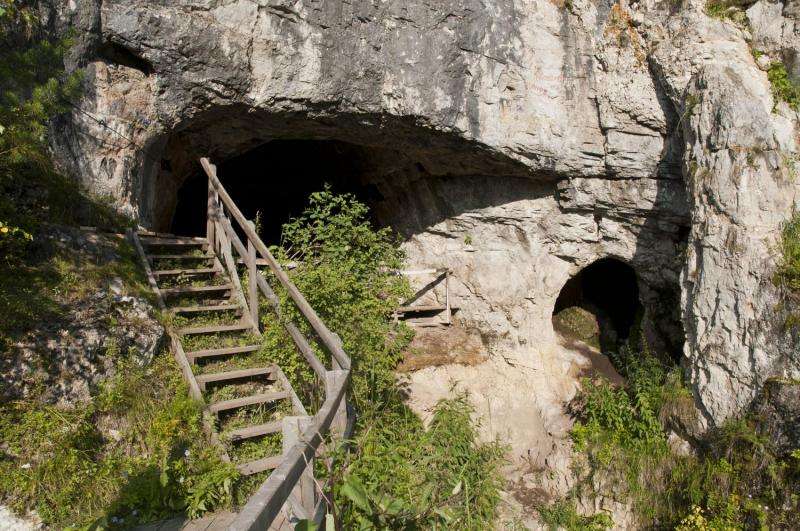
The idea that the genomes of those of us without African ancestry harbor some DNA from Neanderthals has inspired cartoons and jokes, and I got a lot of flak when DNA Science covered the discovery of diabetes risk genes from Neanderthals in Mexicans. Apparently Neanderthals admixed themselves into European and East Asian populations at least three times.
A new paper in Science from Svante Pääbo, director of the Department of Evolutionary Genetics at the Max Planck Institute for Evolutionary Anthropology in Leipzig, and his colleagues, indicates that we have more to learn from the parts of our genomes that don't have remnants from the Neanderthals and the less familiar Denisovans. We share a common ancestor with them from about a million years ago.
A Siberian Cave as the Garden of Eden
The Denisova Cave in the Altai Mountains of southern Siberia housed both Denisovans and Neanderthals, and who knows who else. The details are at my 2012 Scientific American post "The Denisovan Genome and Guys Banging Rocks."
Researchers introduced the new member of the human family—pronounced "Denise-o-van"—in 2010, based on a preliminary genome sequence from a finger bone from a child found in 2008, although teeth had been discovered years earlier. More genome coverage came two years later from analysis of a molar from a different individual, and then late last year from a molar of yet a third individual.
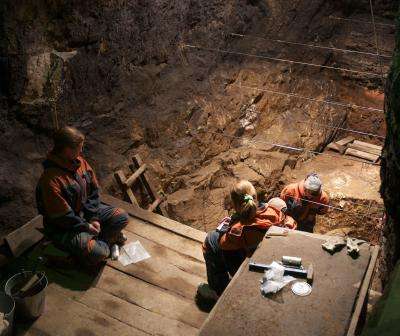
The ability to compare genomes from even a few archaic humans revealed that the Denisovans were more genetically diverse than the Neanderthals, but less so than us. A toe bone found at the scene yielded DNA that indicates co-habitation, with some Denisovan DNA introgressed into the Neanderthal genome.
Learning From What's Not There
The new paper follows up on the observation that about 5% of the genome of modern Melanesians has Denisovan DNA sequences. Benjamin Vernot and colleagues analyzed the genomes of 1,523 people from all over. From 1.9% to 3.4% of the genomes of the 35 individuals from Northern Island Melanesia, in Papua New Guinea, had significant Denisovan genetic ancestry, compared to about 0.2% of the genomes of mainland Asians and Native Americans. Others had none.
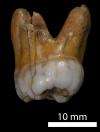
"Deserts of archaic sequence" are the genome regions in modern Melanesians that are curiously free of Denisovan DNA. But their absence may be telling, if these areas reveal the workings of negative selection. "Regions depleted of archaic lineages are significantly enriched for genes expressed in specific brain regions, particularly in the developing cortex and adult striatum," the researchers write. Even more intriguing is that an 11 million DNA base stretch on chromosome 7 devoid of archaic sequences harbors the FOXP2 gene associated with our ability to speak and use language, and also contains genes whose variants have been associated with autism.
The flip side, retained archaic genome regions (haplotypes), would be expected to include genes that impart or control vital "housekeeping" functions. And they do. Among the 21 identified "signatures of adaptive introgression" are genes that partake in blood glucose control, the innate immune response, and lipid metabolism, courtesy of Neanderthals (14 sites), Denisovans (3 sites), and both (1 site), the other three being ambiguous.
So it appears that as our immediate ancestors emerged from tangles of archaic peoples – of whom we only know two, the Denisovans and Neanderthals – we hung on to vital genes of the housekeeping variety, but over time and due either to natural selection or sudden events such as chromosomal rearrangements yet discovered, replaced gene variants that were holding our brains back from developing further. It all makes a certain sense, but of course this is just building narratives from the tidbits of information revealed by these multi-year, enormously painstaking studies.
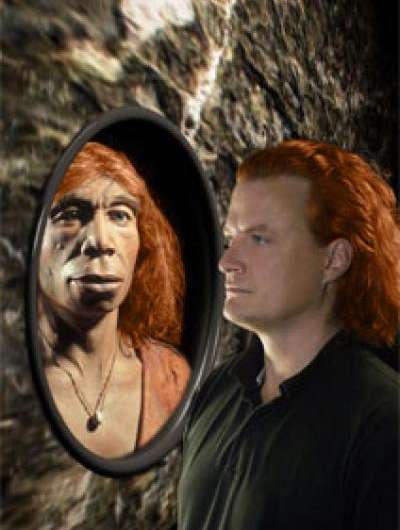
Going Back Farther to See Ahead
Denisovans and Neanderthals are fairly recent forebears. Going farther back into our ancestry, the australopithecines have always fascinated me because several distinct species co-existed 2 to 4 million years ago in Africa, geography maintaining their separateness. The earliest Homo species, too, were distinct, co-existing with and then outliving the australopithecines.
Nature kept our forebears and their gene pools separate, in Africa and then beyond, until our brains grew enough for us to figure out how to travel. Somewhere around a million years ago, maybe several somewheres, ancient peoples figured out how to cross deserts and bodies of water, to climb or avoid mountains, while feeding themselves and surviving long enough to have a lot of sex, then taking care of the kids.
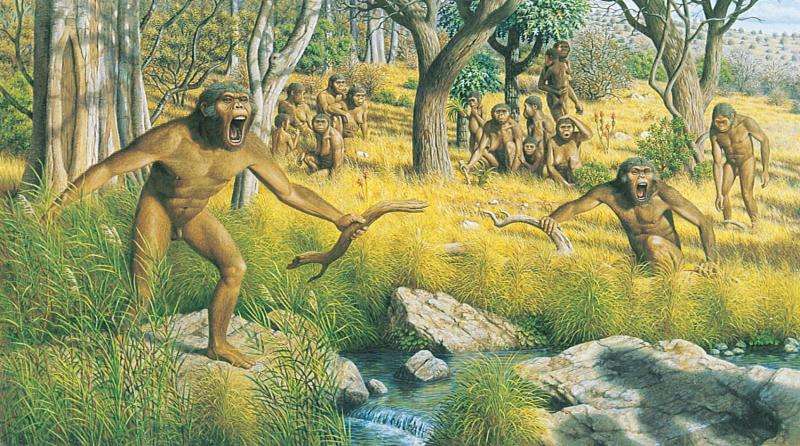
And so genomes mixed. Neanderthals took their DNA sequences throughout Europe and Asia, the Denisovans staying mostly in Oceania. And others long gone, who didn't leave teeth or digits for us to discover, may have contributed to what would become our genomes too, as the archaics branched, eventually into us.
Throughout, natural selection acted. Perhaps it was a gradual choosing of collections of gene variants that imparted intellectual fitness, and/or loss of variants, or entire chromosomal hunks, of who-knows-what archaic sequences that became less useful in a changing world.
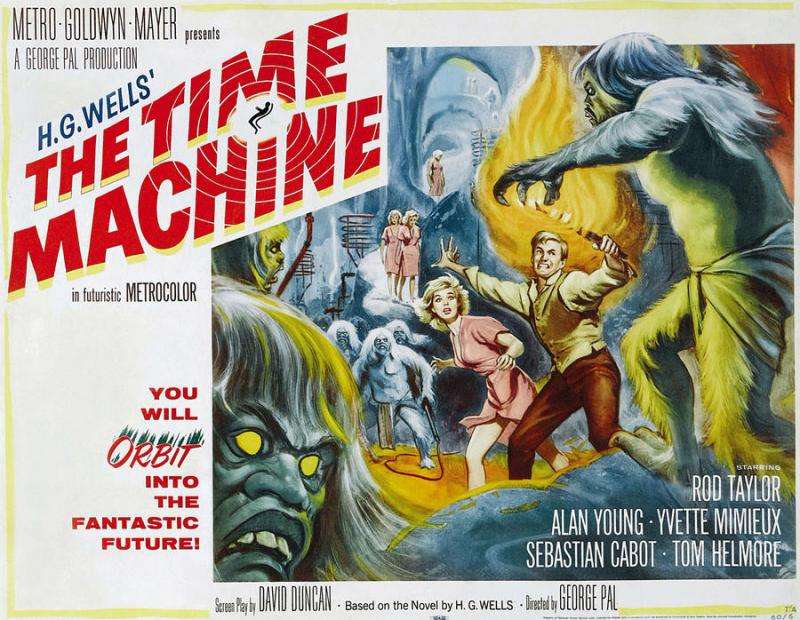
Will We Homogenize or Diverge?
If separation and selection fueled our evolution, what will happen in the future, now that we can easily travel anywhere? Now that we can treat diseases so that mutations that would have been culled in our distant ancestors remain in the gene pool?
When our descendants 100,000 or more years from now look back, as we now look back at Denisovan and Neanderthal genomes, what will they see?
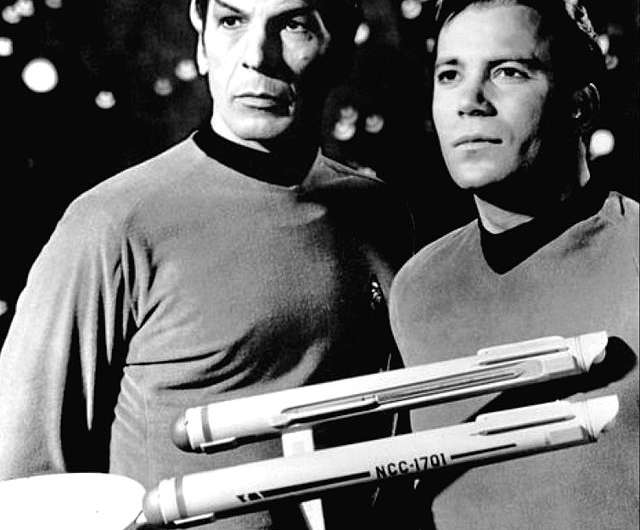
Will a war or natural global disaster, or technology gone awry or in the wrong hands, catapult our distant descendants into a world like the one depicted in last summer's series Wayward Pines? (My blog post on that show set a new record for hits. Go figure.) Or the dual humanity of H.G. Wells' Time Machine?
Will we have mixed our species into genomic homogeneity? Or will our ideological and economic differences continue to separate us, eventually altering our genomes, as geography did so effectively in the distant past?
Joshua Akey, lead author of the Science paper and professor of genome sciences at the University of Washington, offered his view of the future, with the caveat that evolutionary change is stochastic. "Even relatively small amounts of migration is a potent force in breaking down population structure, so I suspect the populations of the future will be much different than today, and in general be more homogenous. However, given that we occupy such a broad geographic range, there may always be some structure in patterns of global human diversity. Maybe in 100,000 years we will have stable colonies well beyond Mars, which seems like it might not be free of humans for long, which would create new opportunities for genetic divergence to accumulate. I also think we'll have an extra set of hands. Well, maybe that's just wishful thinking."
In these days of division, illuminated by the separateness imprinted upon us by the rancor of the presidential campaign, it can be calming to think back to that long-ago cave in southern Siberia where the seeds of our present selves took root—and to the future.
More information: B. Vernot et al. Excavating Neandertal and Denisovan DNA from the genomes of Melanesian individuals, Science (2016). DOI: 10.1126/science.aad9416
Journal information: Science
Source: Public Library of Science
This story is republished courtesy of PLOS Blogs: blogs.plos.org.




















